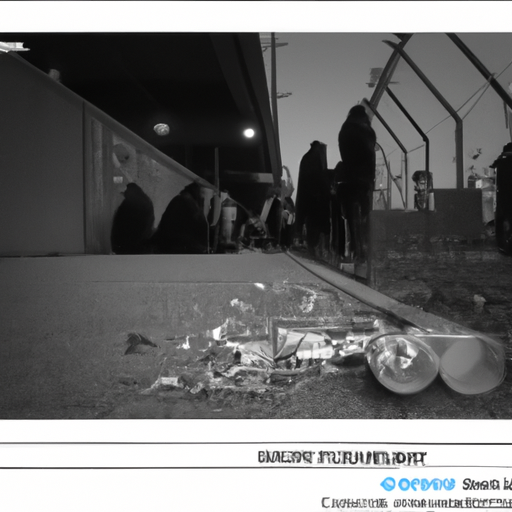As we delve deeper into the gripping issue of the opioid crisis in Canada, it becomes exceedingly clear that this crisis touches all facets of society, even reaching into the realm of sports. In an article published in NOW Toronto, reporter Enzo DiMatteo reflects on the reactions of Toronto Blue Jays fans to the team’s new night game uniform – but not without addressing a much darker reality that exists just outside the ballpark.
The Reality of the Opioid Crisis
As fans rave about a game update, it’s easy to forget what’s happening on the fringe. Littering the streets around the Rogers Centre are countless opioid-related detritus—a grim reminder that the area is not immune to the opioid crisis that has gripped the nation. As the opioid class action fight takes centre stage, it’s important to understand the far-reaching implications of this crisis.
Implications of the Opioid Crisis
The repercussions of the opioid crisis are not limited to drug-related deaths and whole communities devastated by addiction. The crisis has triggered waves of other social issues, notably a rise in homelessness and crime. Although not directly attributed to opioids, these issues are undoubtedly departments of the crisis – additional challenges that government and civil forums must face in their recovery initiatives.
Homelessness and the Opioid Crisis
It’s a brutal sociological fact of life – spikes in addiction rates often lead to increased rates of homelessness. Many Canadians battling opioid addiction end up losing everything to this insidious epidemic. Consequently, the surge in homelessness exacerbates other social ailments, such as petty crime and sundry public health concerns.
Criminality and the Opioid Crisis
As a ripple effect of the opioid crisis, a significant rise in criminality is noticeable. From petty theft induced by the desperate need for the next ‘hit’, to drug-related offences, crime rates seem to surge alongside addiction rates. This has put immense pressure on law enforcement agencies, with authorities scrambling to curb a dual crisis — addiction and crime.
Efforts to Combat the Opioid Crisis
Efforts to aid those caught in the clutches of the opioid crisis have been multilayered, involving several organizations, both governmental and non-profit, to holistically approach this crisis.
Naloxone
The increase in the availability and use of the life-saving drug naloxone is one prominent development in the fight against the opioid crisis. This medication, administered to effectively reverse an opioid overdose, has been crucial in saving countless lives.
Key Points
- The opioid crisis has triggered a ripple effect of numerous social issues, including homelessness and crime.
- The opioid crisis reaches far beyond the immediate victims, profoundly impacting their communities and society at large.
- Efforts to combat the crisis, like the distribution of naloxone, have shown promise, though there is still a long road to recovery.
- The urgent need for comprehensive, multi-faceted approaches to deal with the opioid crisis.
In closing, the opioid crisis is not a solitary issue; its ripples have caused a series of interconnected societal problems. It’s essential to remember that behind each statistic is a human story and to address the root of the crisis, we must holistically consider these stories. As we enjoy the harmless thrill of baseball, let’s not forget the challenging realities confronting us in the shadows of our stadiums. This crisis demands our attention – a collective, concerted effort that goes beyond just tackling the opioid class action, to tackling the broader societal aftermath of the opioid crisis.
